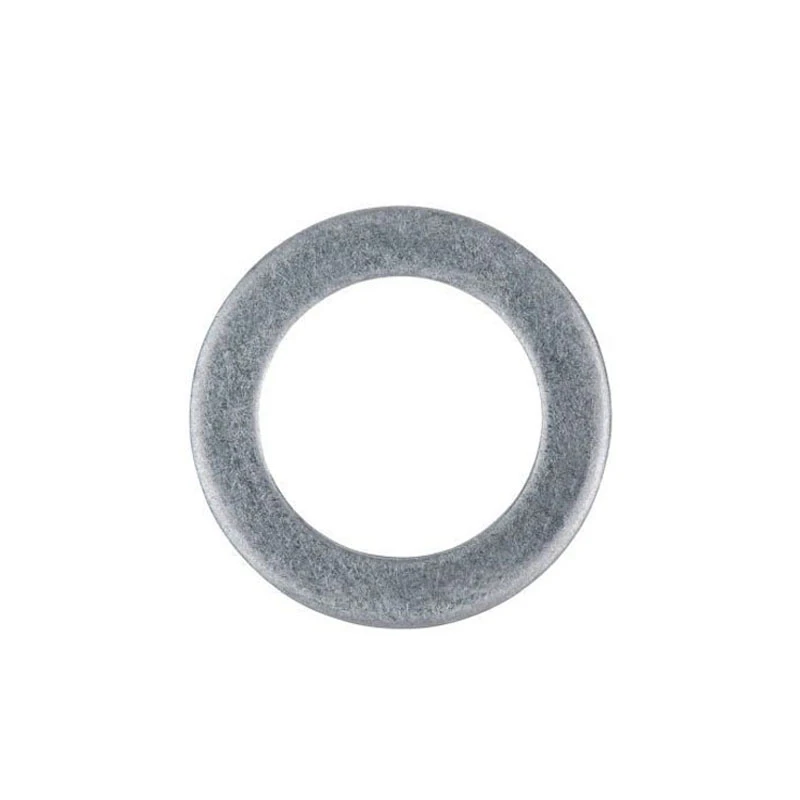Understanding O-Ring Piston Seals for Enhanced Performance and Reliability in Machinery
Understanding O-Ring Piston Seals Function and Importance in Mechanical Systems
O-Ring piston seals are crucial components in various mechanical systems, particularly in hydraulic and pneumatic applications. These seals are designed to provide a tight, leak-proof barrier between the moving parts of a piston and the cylinder in which it operates. Their primary function is to contain fluids or gases under pressure and to prevent any leakage that could lead to system failure or inefficiency.
What is an O-Ring Piston Seal?
An O-Ring is a circular elastomeric seal, typically made from materials such as rubber, silicone, or other synthetic compounds. When used as a piston seal, it is placed in a groove in the piston, creating a hermetic seal between the piston and the cylinder walls. This design allows the O-Ring to deform under pressure, filling any gaps and enhancing the sealing effect.
O-Rings are popular due to their simple geometrical design, ease of installation, and efficiency at preventing leakage. They can be used in a diverse range of applications, from hydraulic cylinders in construction equipment to pneumatic actuators in manufacturing processes.
The Functionality of O-Ring Piston Seals
The primary role of O-Ring piston seals is to maintain pressure within a system. When the piston moves within the cylinder, the O-Ring compresses against the cylinder wall, which prevents the escape of hydraulic fluid or air. This ability to maintain a seal is vital in applications where even minor leaks can lead to significant performance issues, reduced efficiency, or safety hazards.
In addition to sealing, O-Rings also serve other important functions. They help absorb vibrations caused by the piston’s movement, which can protect other components in the system from wear and tear. Furthermore, they can contribute to the overall efficiency of hydraulic and pneumatic systems by reducing the energy needed to operate the machinery.
o ring piston seal

Material Selection
The material chosen for O-Ring piston seals is critical for their performance and longevity. Common materials include
1. Nitrile Rubber (Buna-N) Offers good resistance to oil and fuels; ideal for hydraulic applications. 2. Fluorocarbon (Viton) Excellent resistance to high temperatures and harsh chemicals; suitable for demanding environments. 3. Silicone Known for its flexibility and temperature resistance; used in applications where low friction is essential.
Choosing the right material depends on various factors, including the type of fluid or gas being sealed, the operating temperature range, and the pressure requirements of the system.
Maintenance and Inspection
Regular maintenance and inspection of O-Ring piston seals are crucial to ensure the longevity and performance of mechanical systems. Professionals often recommend checking for signs of wear, such as cracks or hardening, which can indicate the need for replacement. Furthermore, ensuring proper lubrication and avoiding contamination can prolong the life of O-Ring seals.
Conclusion
O-Ring piston seals play an indispensable role in modern machinery, ensuring the efficiency and safety of hydraulic and pneumatic systems. Understanding their function, the importance of material selection, and the need for regular maintenance can aid engineers and technicians in optimizing their designs and operations. As technology advances, there may be innovations in materials and designs for O-Ring seals, but their fundamental role in maintaining pressure and preventing leaks will remain vital in engineering applications across industries.
-
Understanding the Importance of the Crankshaft Oil Seal in Engine Performance
News Jun.16,2025
-
The Unsung Heroes of Engine Protection: Understanding Automotive Shaft Seals and Oil Seals
News Jun.16,2025
-
Keeping the Engine Tight: The Role of Crankshaft Seals and Gaskets in Oil Control
News Jun.16,2025
-
Complete Protection in Harsh Conditions: A Deep Dive into Cassette Seals
News Jun.16,2025
-
Choosing the Right Oil Seal: A Guide to Trusted Brands and Suppliers
News Jun.16,2025
-
Advanced Sealing Technologies: Exploring the Range of Modern Oil Seals
News Jun.16,2025
-
Your Essential Guide to Car Repair Kits: From Rust to Dings
News Jun.13,2025
Products categories















